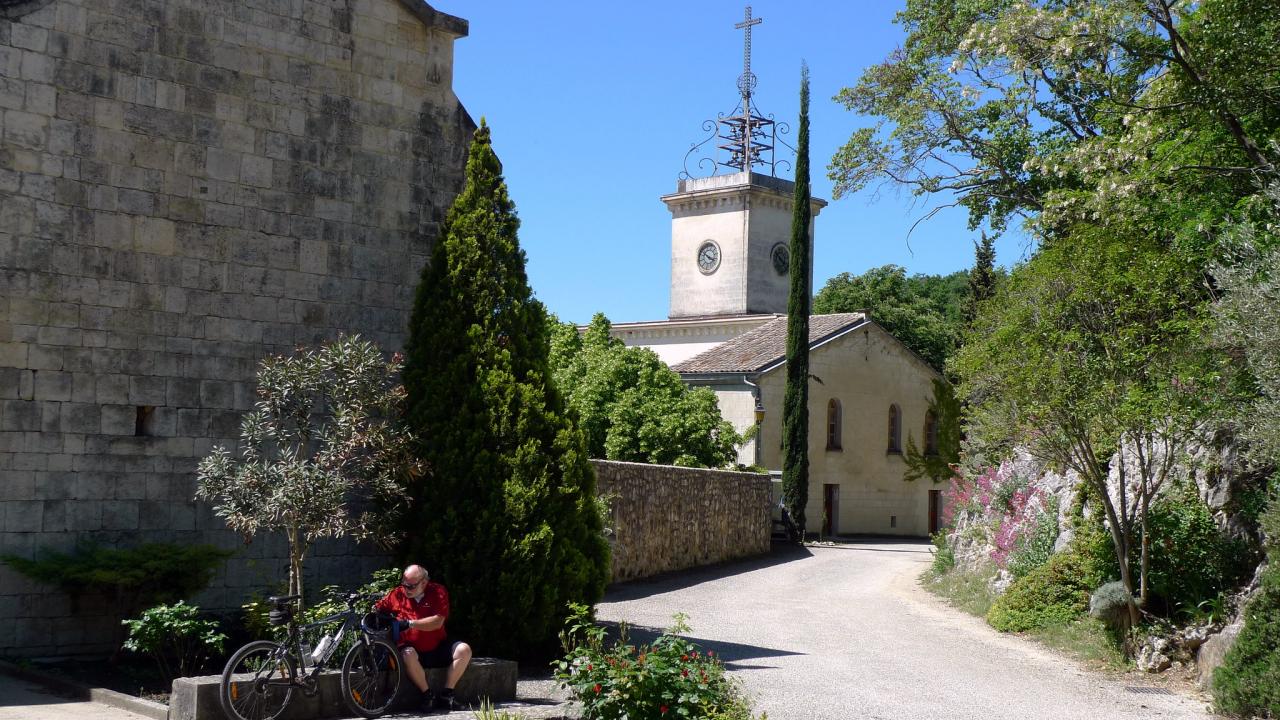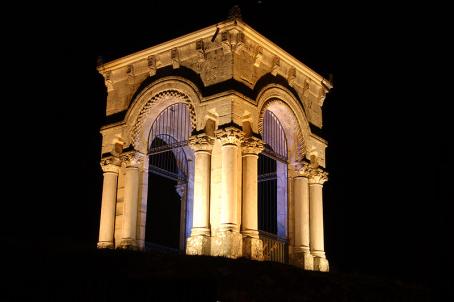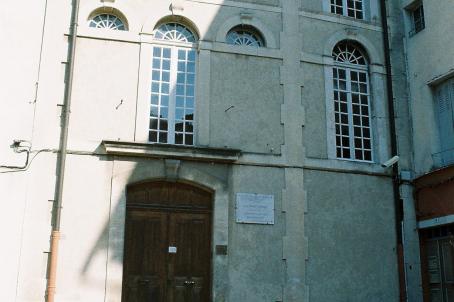Notre-Dame d'Aiguebelle Abbey
Notre-Dame d'Aiguebelle Abbey is a Cistercian abbey founded in 1137. The abbey reached its peak in the 12th and 13th centuries, then declined with the Hundred Years' War (1337-1453). The abbey was heavily restored during the 19th century but has retained, despite some demolitions, most of the buildings of the medieval convent. The abbey is now known to be the site of production of a brandy, made according to an ancient craft recipe developed by Cistercian monks.





